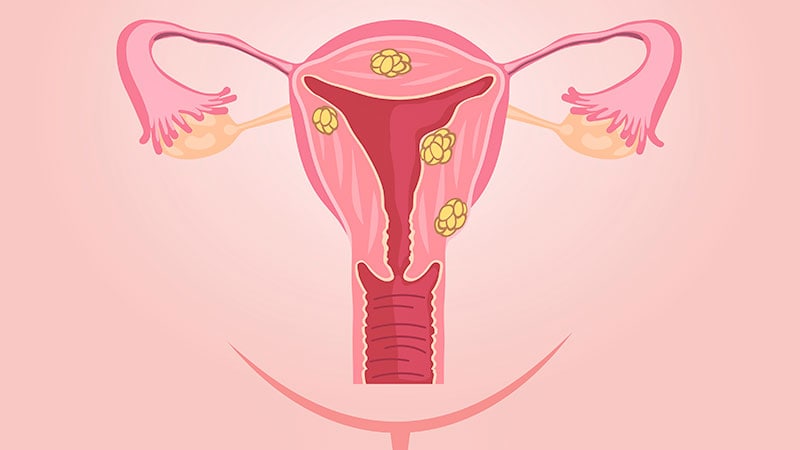Takeaway
- Intensive BP treatment in the Systolic Blood Pressure Intervention Trial (SPRINT) was associated with a nonsignificantly increased risk for incident diabetes and significantly increased risk for impaired fasting glucose (IFG).
Why this matters
- Role of hypertension control in diabetes is complex.
Study design
- Evaluation of diabetes incidence in SPRINT, in which participants with baseline systolic BP (SBP) 130-180 mmHg were randomly allocated to intensive (SBP <120 mmHg; n=4187) vs standard (<140 mmHg; n=4193) BP lowering, with follow-up to about 3 years.
- Funding:NIH; study medications from Takeda Pharmaceuticals International, Inc.
Key results
- Diabetes events (reaching fasting blood glucose ≥126 mg/dL [≥6.99 mmol/L], self-report of diabetes at annual examination, new use of hypoglycemic medications):
- Intensive: 299.
- Standard: 251.
- After adjustments for baseline covariates, adjusted (a)HR was 1.17 (95% CI, 0.99-1.39).
- Elevated fasting glucose event rates:
- Intensive: 12.7 per 1000 person-years.
- Standard: 10.4 per 1000 person-years.
- aHR, 1.19 (95% CI, 0.95-1.49).
- New diabetes self-report rates:
- Intensive: 11.9 per 1000 person-years.
- Standard: 8.8 per 1000 person-years.
- aHR, 1.33 (P=.02).
- IFG incidence rates with normal baseline blood glucose:
- Intensive (n=2752): 26.4 per 100 person-years.
- Standard (n=2746): 22.5 per 100 person-years.
- aHR, 1.17 (P=.002).
Limitations
- Possible self-reporting bias.
- Underpowered.
- Short follow-up duration.
References
References


